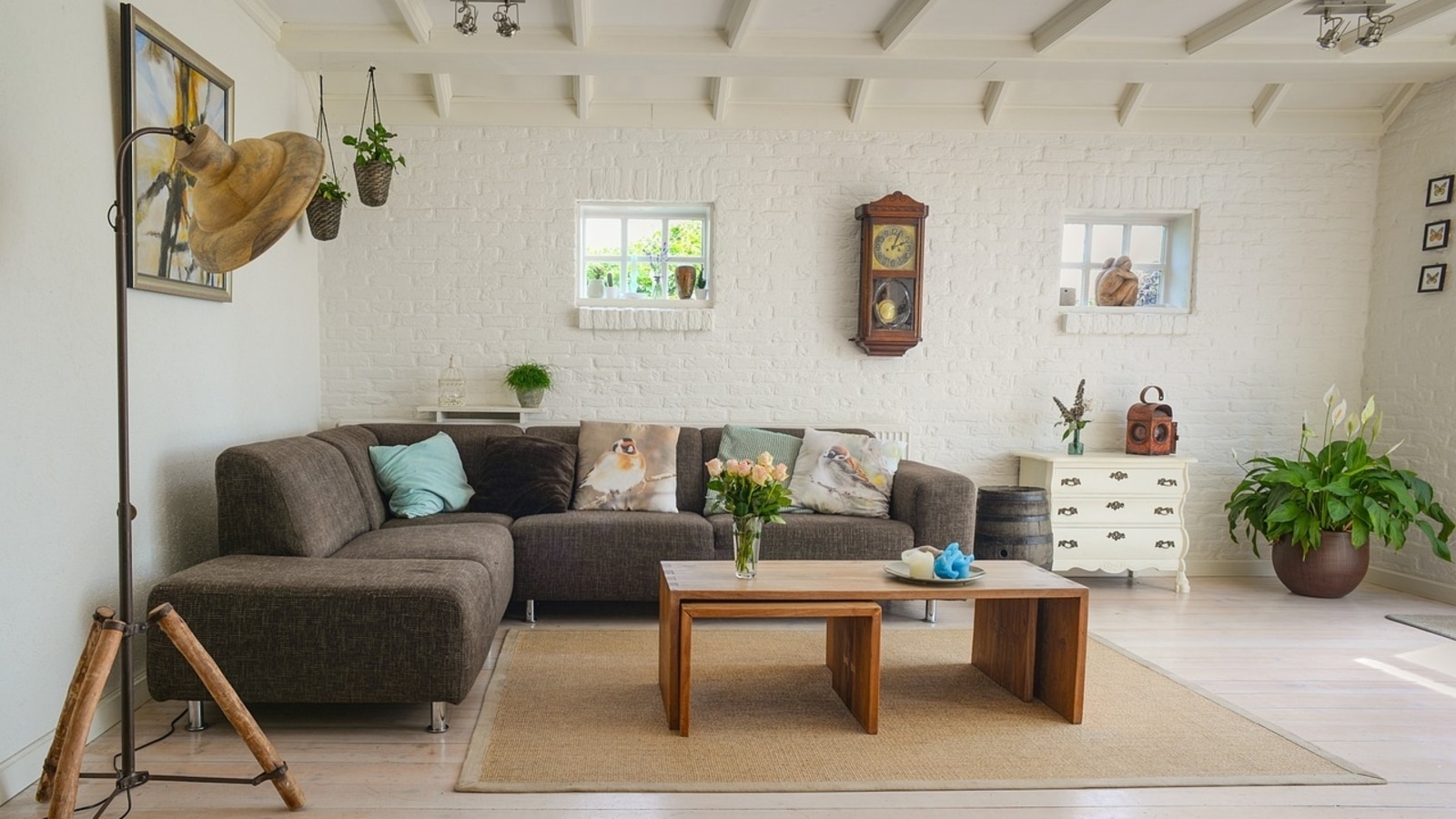India’s largest landowner, the Indian Railways, has identified 341.93 hectares of prime land across the country which will be given out to private developers on a 90-year-lease, and from which the railways hopes to generate ₹5000 crore. In 2023-’24 the railways recorded a marginal surplus of ₹2,210 crore.

In Mumbai, the railways are looking to hive off 110.46 hectares at Grant Road, Tardeo, Parel, Bandra east and west, Carnac Bunder among other locations while 58.93 hectares are expected to be handed over to private developers in the Capital at Chanakyapuri, Lodhi Colony, Sarojini Nagar and near the New Delhi railway station. The Railways have similarly identified land parcels in Bengaluru, Secunderabad, Hyderabad, Chennai, Amritsar, Gwalior, Lucknow and Kanpur for auctioning.
Also read: Railway minister Vaishnaw shares update on ‘India’s 1st ballastless track’ for bullet train | Watch
Indian Railways has approximately 43,000 hectares of vacant land
According to the Railway Land Development Authority (RLDA), the nodal rail organisation that has the mandate to commercially monetise rail land, Indian Railways has approximately 43,000 hectares of vacant land that is not required for operational purposes in the foreseeable future. All these have been listed by RLDA in its 310-page power point presentation titled ‘Opportunities in RLDA’ showcasing its objectives to ‘generate non-tariff revenue through Commercial Development of Railway Land/air space entrusted to it by the Ministry of Railway.’ A copy of this presentation is with Hindustan Times.
“The money generated from this potential auction will be used for additional public amenities at railway stations, manufacturing of coaches, construction and redeveloping railway stations and for the overall benefit of the passengers,” said a senior rail official privy to the plan. He added however that the RLDA presentation is but the first step in the long-term plan. “With additional funding raised, the government is likely to buy modern Vande Bharat trains, lay new tracks, double the number of lines on existing routes, and deploy automated train safety technology across the length and breadth of the Indian Railway network,” he said.
Plans for Mumbai
In Mumbai, 19.22 hectares of railway land at Mahim, Matunga and Dadar has already been transferred for the ₹23,000 crore Dharavi Redevelopment Project (DRP) on a 99-year lease. The Adani-led Dharavi Redevelopment Project Private Limited has paid the first tranche of a thousand crore from the total ₹2,800 crore it will pay the railways for this land.
Among the Railways’ more ambitious plans in Mumbai is a proposed skyscraper at Parel which could go as high as 135-storey. According to an official of the Railway Board this project has been termed as ‘airspace development of Parel Workshop’.
Also Read: Here’s how metro projects in multiple cities will impact real estate markets
The proposed skyscraper may be built over an area of 23.9 hectares that includes a 1.54-hectare plot abutting Dr Babasaheb Ambedkar Road thrown in. This land is, at present, leased for Ganesh festival and sundry weddings. The underutilised Parel workshop will be shifted to make way for this private development, said the Railway Board member requesting he not be quoted.
Plans for Delhi
The nascent plan in Delhi includes exploiting 2.2 hectares land at Chanakyapuri to build a five-star hotel, and develop commercial establishments on 11.01 hectares of land near New Delhi station. There are another 55.44 hectares spread across parts of Secunderabad, Bengaluru, Hyderabad and Vijaywada that have also been identified. In the northern cities of Kanpur, Gwalior, Lucknow, Bareilly and Ajmer, 91.34 hectares are proposed to be leased for residential projects.
Premium housing, commercial shopping complexes may come up on railway land
All the identified locations across India propose a combination of premium housing, commercial shopping complexes, entertainment centres, service apartments, high-end hotels amusement parks, office spaces, multimodal parks, storage and handling facilities.
Even as they stress that these are early days, railway officials claim they are trying to make the deal lucrative for private developers as there will be low initial capital investment in land, flexible mechanism of payment of lease premium offered, easier execution of lease agreement in future, sub-leasing facility and even refund of a large chunk of lease premium paid in case the developer fails to complete the project. A senior railways officer said they will offer an FSI (Floor Space Index) varying from 1.33 to 4 depending on the location.
Also Read: Luxury housing sales record 75% growth in 2023 on the back of robust demand: Report
“Ideally, if the railways have surplus land it should be handed over to the respective state governments. These large swathes of land should be utilised to create affordable housing and developing integrated transport hubs rather than leasing them for revenue generation,” said AV Shenoy, member, Mumbai Mobility Forum and Transport expert.
Also Read: NBCC sells 4.8 lakh sq ft of commercial space for ₹1905 crore in Delhi’s World Trade Centre
Madhav Pai, chief executive officer, World Resources Institute India, said, “Mixed-use development near transit stations drives transit-oriented development (TOD) that has the potential to improve liveability in urban areas and also promote a low-carbon lifestyle. The authorities must build a pipeline for the development of this land where they consider high-density development with mixed-use provisions for the next few years.”





